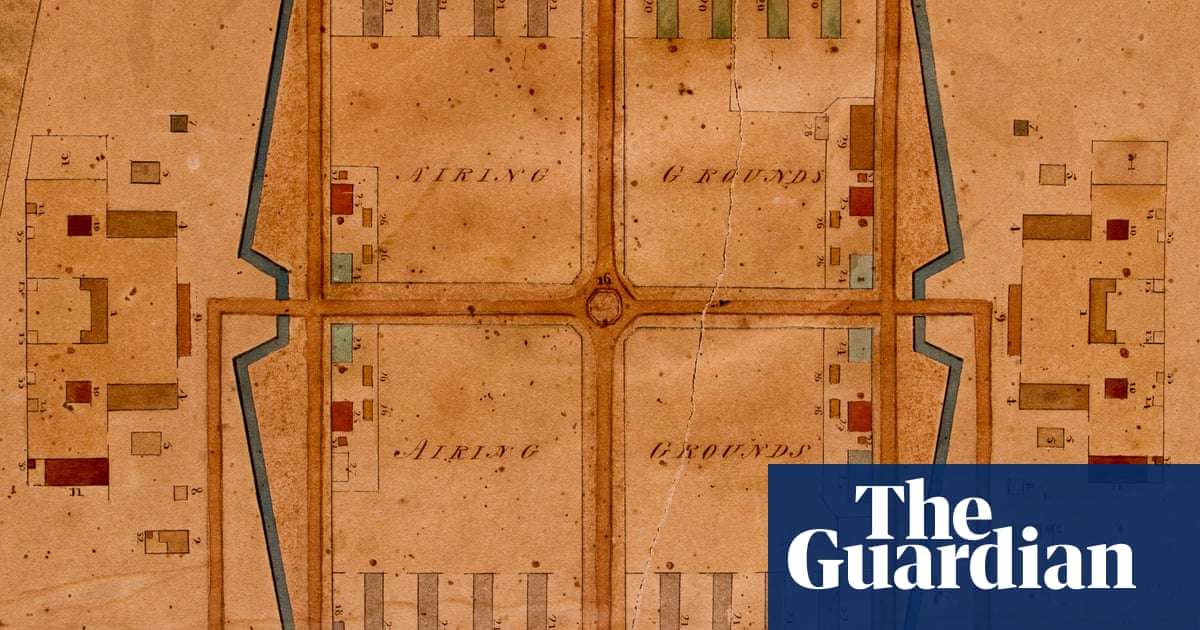The French Revolutionary and Napoleonic wars saw thousands of enemy prisoners incarcerated in the UK; so many that the Admiralty, with responsibility for their welfare, had to devise swift solutions to cope with rocketing numbers.
One was the construction of what was reputedly the first purpose-built prisoner of war camp, sited on the Great North Road inCambridgeshire– far from the sea so prisoners could not easily escape back to France.
Assembled in four months using 500 carpenters and labourers, the camp, south-west of Peterborough near the village of Yaxley, housed 7,000 mainly French prisoners – mostly low-ranking soldiers and sailors, with some privateers – at its peak between 1797 and 1814.
Now the historic Napoleonic Norman Cross prison depot site, which contains the remains of the camp, has been saved for the nation after being bought byNene Park Trustwith £200,000 grant funding fromHistoric Englandand £50,000 fromThe National Lottery Heritage Fund.
The Norman Cross site became the prototype for the further development of military prisons.
Functioning as a self-contained town – with barracks, offices, a hospital, school, marketplace and banking system – the prison element measured about 250m by 270m and was designed around four quadrangles.
Each had four two-storey wooden accommodation blocks for prisoners, as well as latrines, an exercise yard, two turnkeys’ lodges, a store-house and cooking house. There was also a prison hospital.
Battles were being fought in Europe, the Caribbean, north Africa and the Indian Ocean. An estimated 200,000 soldiers and sailors were captured and brought to the UK, the majority French, but also Dutch and other nationalities. Their welfare was the responsibility of the Transport Board of the Admiralty, and they were held in a network of prisons, prison ships, parole depots and land prisons. Norman Cross was the first of three purpose built inland “depots”, with the others at Dartmoor and Perth.
Prisoners were allowed to make products – including artefacts such as toys, model ships and dominos sets carved from wood or animal bone – to sell at a regular market. Many such items were excavated during a visit by the Time Team TV show in July 2009.
The last prisoners left in 1814 and the camp was dismantled two years later. A memorial to the 1,770 prisoners who died there, mainly due to disease including Typhus, was erected in 1914.
There is no public access to the site, but there are plans to enable visitors to explore the area, while ensuring that the land is farmed sympathetically to preserve the archaeological remains beneath.
Paul Chamberlain, an author and historian, said: “This acquisition will enable more of the story to be told for future generations and provide us with a better understanding of a lost town that had a significant impact on the region over 200 years ago.”
The heritage minister, Baroness Twycross, said: “The remarkable stories of those held in what was the first purpose-built prisoner of war camp should be remembered now and in the future.”
